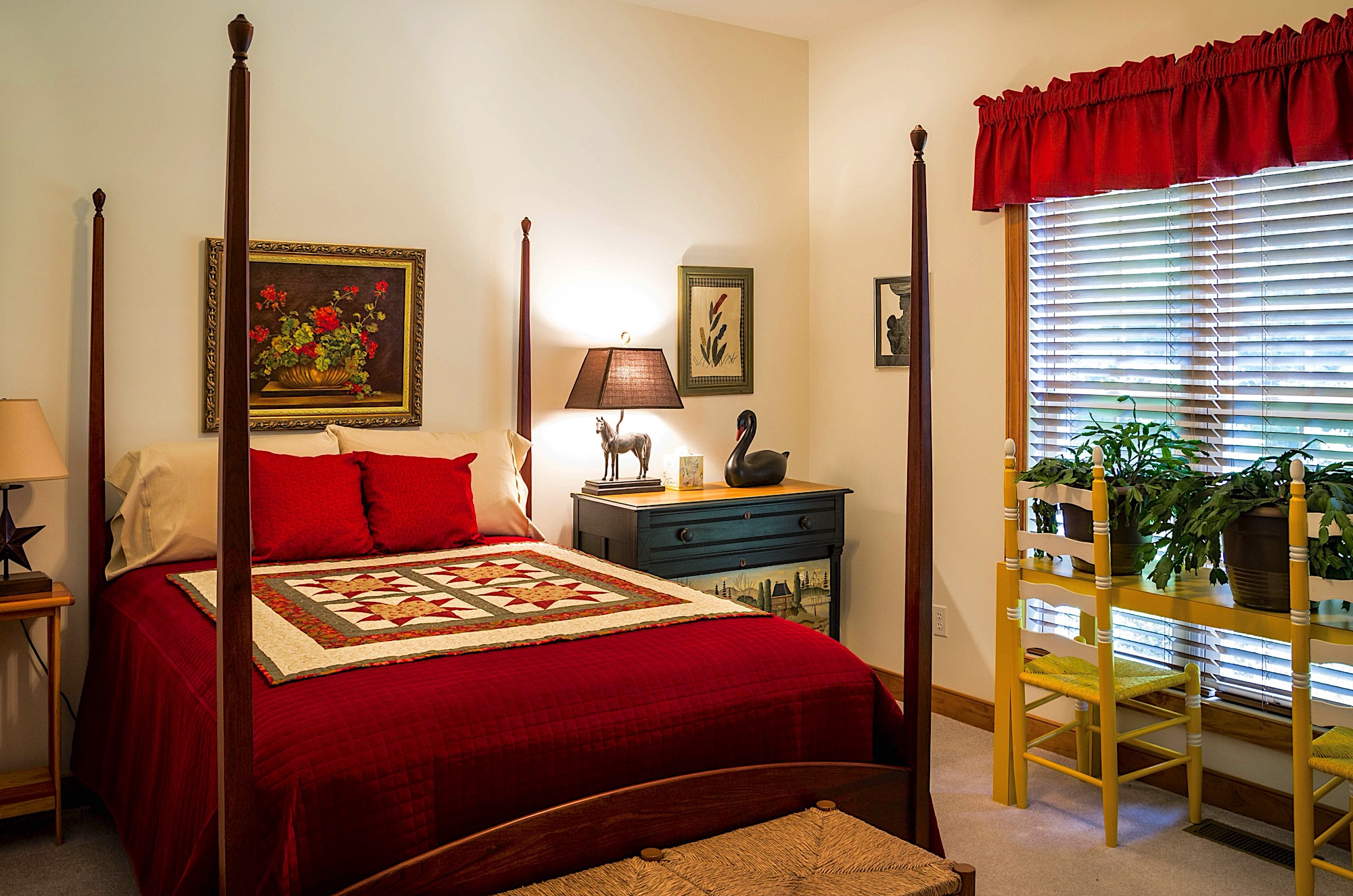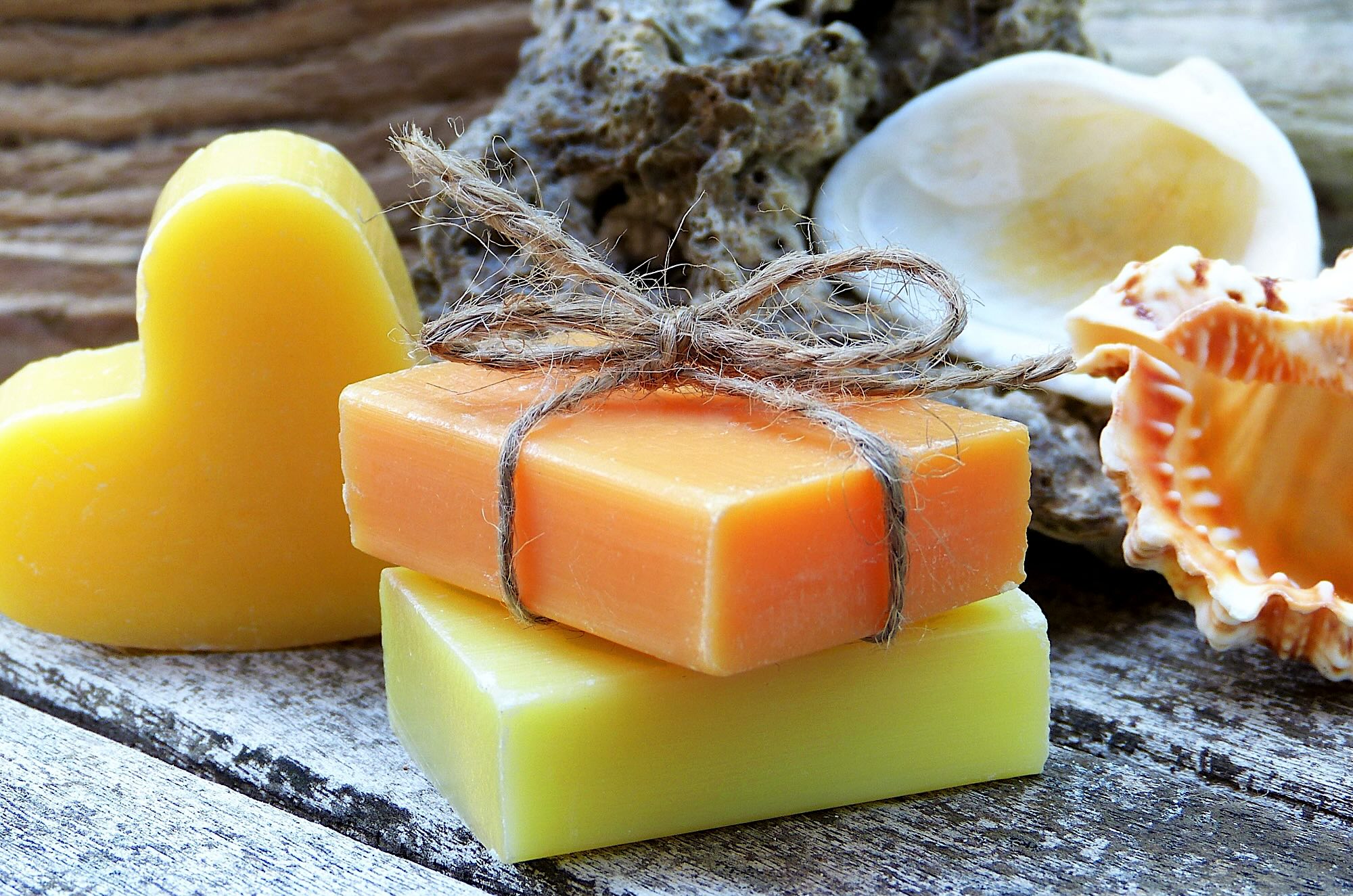In commercial operations, steam is a widely used cleaning and sanitizing tool. It can reach in the areas that are often in accessible to other cleaning methods such as brushes and cloths. This makes it an easy and convenient way to clean details and hard to reach places. Steam can also be used to remove grease and stubborn stains.
High -pressure, low-moisture steam can be used to safely clean a variety of surfaces. This method is an excellent way to disinfect surfaces without the need for chemicals. A high-pressure domestic steamer uses plain top water, making this cleaning tool cost efficient and eco-friendly.
Before steam cleaning, surfaces should be free of loose and easily removed debris. Start with a mild bleach and detergent solution on all washable surfaces, including the range, fridge, and dishwasher. Just one tablespoon of bleach per two litres of warm soapy water is enough to disinfect and deodorize. Add just a few drops of dish detergent to act as a surfactant. Leave the surface wet with the solution for two minutes for maximum germ killing power. Wipe dry with a clean, soft cloth.
Once this is done, the steam cleaner is used for detailing. It’s ideal for blasting dirt and grime out of corners and seams.
Kitchen appliances
The kitchen is used intensively throughout December. Splatters and overflowing pots can make a mess of your stove. A handheld steam cleaner will make appliances look like new. These are smaller versions of the high-pressure steam tools that restaurants use to keep their kitchens spotless and grease-free. They use a controlled jet of steam to blast debris out of seams and crevices. Be careful around electronics and painted surfaces; for metal and plastic, though, they will really clean up.
Floors and grout
Steam cleaners make quick work of cleaning dirty tile grout. You may have noticed the area around your stove where the grout has become soiled from cooking oil and other debris. You can use a steam cleaner to lift that off and make the grout look like new.
Start by dusting the baseboards and vacuuming the floor area so that all the debris is picked up before you begin steam cleaning. Your steamer may have a small grout attachment that looks like a stiff bristle brush. If you’re buying a new steam cleaner, look for one that has attachments for different cleaning projects.
Let the steam do the work rather than using too much pressure on the bristle brush. Work slowly and use a damp cloth to wipe away the dirt as it’s loosened. Grout is quite abrasive, and the brush will wear out if you have a large project. The steam cleaner maker will probably have a website where you can order spare parts, if that happens.
Carpets and couches, too
January is the time to have carpets and rugs cleaned by a professional. There are a number of methods and some are better than others. It’s important to choose the right contractor for the job. Look for someone who is a member of a national carpet cleaning association. They will have the training and expertise to do the job right.
Dry methods of cleaning, also known as carpet shampooing, are suited for special cleaning jobs, such as wool so it doesn’t shrink. However, shampoo-and-vacuum methods tend to leave a residue in the fibres that can attract dirt compared to hot water extraction or steam cleaning.
Hot water extraction uses a pre-treatment solution to loosen dirt before the carpet is rinsed using the hottest water possible. These systems are often truck-mounted with heavy duty, multi-stage motors to provide maximum suction for thorough water removal. The only equipment required in the home is the suction wand so there is less disruption to the household.
In between professional cleanings, you can use a portable steam cleaner to disinfect and deodorize, upholstery and clean carpet stains.
Do you have questions about the real estate market in the coming year?





